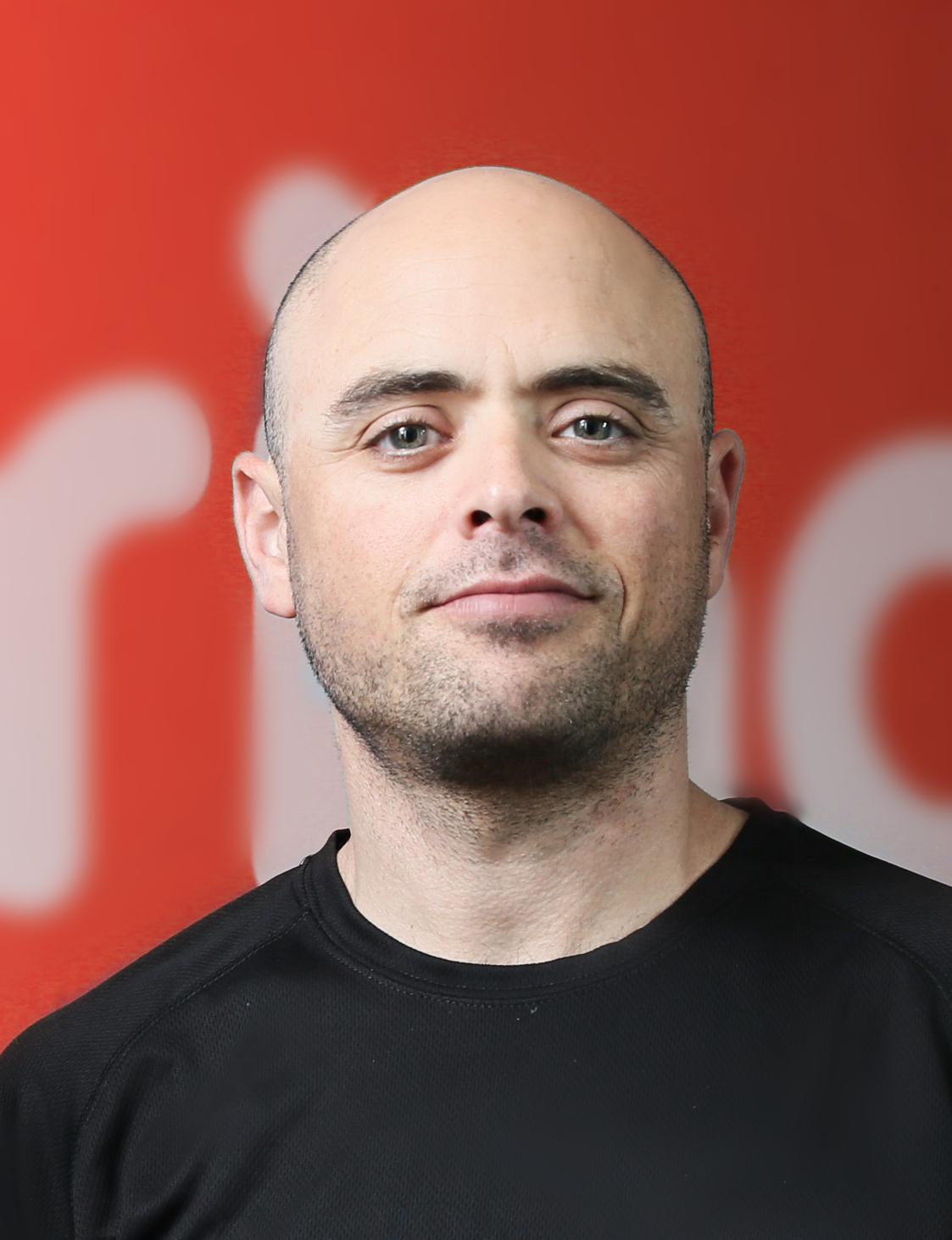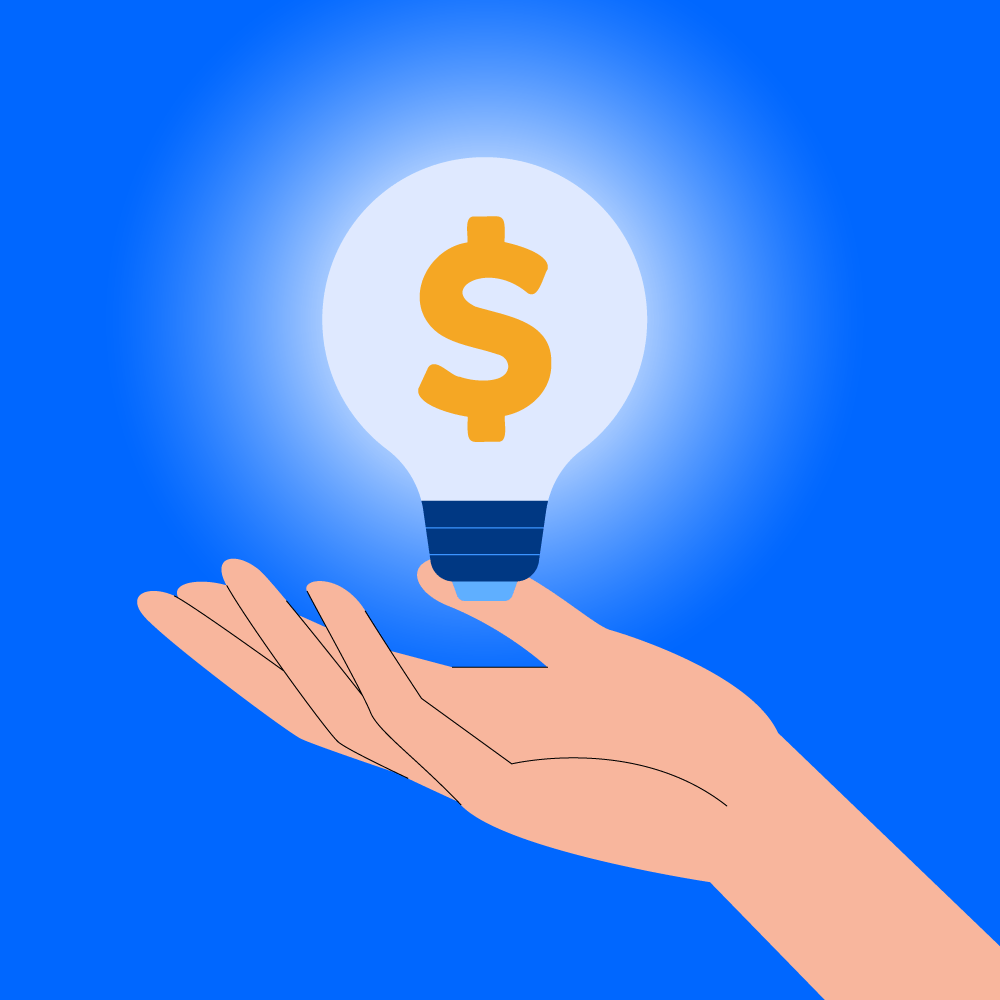In over 15 years of product development, I’ve learned how crucial waste-free product development is for efficiency and for increasing value with customers. By waste-free, I mean how often the features you create are actually used; reports suggest that almost half of features are never used.
But what is the secret to achieving a waste-free product? First, let’s take a look at what a waste-free product development process actually means for your business.
Why care about eliminating waste in product development?
Waste-free or lean product development, at its core, is about efficiency and creating value for customers.
According to one study, 66 percent of products fail within the first two years, primarily because customers do not need it, and therefore do not use it. The more aligned your product is with your customers’ needs, the more it will be used and thus valued. (If they don’t use it, they can’t appreciate it). Conversely, if they don’t use your product–no matter how valuable it is theoretically–they won’t consider it valuable. Lower feature usage equals a less valued product, while higher feature usage equals a more valued product.
Waste-free product development is also an important element of efficient product development. R&D is an expensive resource, and you want to ensure that whatever they work on makes it to production and offers an ROI on product, R&D time and resources spent.
The 3-stages principle
Your product vision must inform everything that touches the product–from investing, to recruiting and development. This principle of sticking to a product roadmap must be created in advance, and stuck to on a day-to-day basis. Otherwise, you can get sidetracked on developing product features for short-term wins and limited users, which is inefficient and wasteful.
To create a lean, waste-free product flow, invest your time in three stages:
Define your long-term (5-10 year) vision. This should have a mix of product content (capabilities) and context (market needs). Having a strong product-market fit is the basis for ensuring a stable product roadmap. This roadmap or vision should serve as a compass for all product development.
Define mid-term (1-2 year) goals. These are meant to help you grow into different markets or segments while driving you ever-forward on your long-term product roadmap. If a mid-term goal veers too far off the roadmap, taking you in a different direction, it risks being a waste of your development time and resources, or of not serving a wide enough user base.
These goals can be attached to a market trend, e.g. a new market need, but only if you’ve identified the market need before the market does. Otherwise, by the time you develop the relevant product, the trend will have ended or competitors will already have crowded the market with their own solutions.
Important note: In the B2B world, market trends are never feature- or customer-specific. For example, when the COVID-19 crisis hit, retailers realized they needed to expand their fulfillment capacity and options, and they needed to move fast. We focused on expanding the capabilities that meet this market need, which included software for curbside pickup, in-store pickup, planned and on-demand delivery. At all times, though, the focus was on building products to answer that trending market need, and not on a specific “hot” feature–which can lead to feature bloat.
Make a short-term (1-2 week) plan. This is where product strategy meets tactics, and you combine the mid-term goals with pressing customer needs. In the example above, if a customer needed a way for their customers to pick up orders from the store, and also wanted to prioritize safety and low overhead, we would focus on curbside pickup that primarily utilized the retailer’s existing resources.
Always remember that it’s not about fulfilling a request for a customer. This may seem counterintuitive, given that I stated the purpose for a waste-free product is to create stronger value with customers. The problem is that if you focus on a single customer request without the context of product/market fit (your vision), then chances are the product repeat ratio (features used by more than one customer) will be low; the value to the majority of users will be low; and the product feature will have been wasteful.
How does this translate to a lean product development flow?
To be waste-free, product development must translate the product vision into action.
First, make sure your marketing team understands and markets the product’s vision and value, not just the features themselves. While the feature’s interface or user experience may change, what shouldn’t change is the problem you’re solving for customers. Marketing teams should work with product and R&D to test, validate and improve the product.
In a SaaS world, your product must continually prove its value to customers, so it’s equally important that both potential and existing customers understand its value, and that can be done through sales. Explain the product vision, but connect the short-term product goals to the relevant customers’ pain points. Get customers to validate your product vision with actual buy-in. At this point, you are selling a solution to a problem that needs solving, and not the actual product.
It’s also important to validate constantly. Only once you have buy-in, you build. At this point, you have a customer who has verified that it has a pain point, and you have identified a solution which connects to your overall product roadmap (and thus, other paying users). You have a driving pain, and a solution that your customer is willing to pay for. This verification process is worth the investment, and this is why lean product development lives and breathes customer feedback, because it, more than almost anything else, guarantees a waste-free product.
Then take time to define the product and get it through the various stages of development and define the product KPIs. How many customers are using this feature? How often is it used? How long is it used for? Develop products for these KPIs, as well as for the needs of a specific customer, to ensure it will provide value to as many users as possible.
What a waste-free product looks like
For seven years at Bringg, we have consistently defined our mid-term vision for the coming year and executed on it to create delivery and fulfillment orchestration technology with differentiated, competitive capabilities. As a result, our waste ratio (the product features that aren’t used) is almost zero, and the repeat ratio is 86 percent and always rising. This is a feat that I’m very proud of because it exemplifies the principles above. We consistently avoid wasting product and R&D time and resources, and prove our value to customers through a greater adoption of a wide array of features that stand the test of time.







